If you’re contemplating moving your Microsoft 365 environment to the Government Community Cloud High (GCCH), you might be pondering how to seamlessly migrate your Power BI content along with it. Power BI is a robust tool for data analysis and visualization, but migrating it between tenants poses certain challenges. In this blog post, we’ll delve into the steps and considerations involved in migrating Power BI from a commercial environment to GCCH.
Why Migrate Power BI to GCCH?
GCCH is a specialized Microsoft cloud environment tailored for U.S. federal, state, local, and tribal government agencies tasked with handling data subject to specific regulations and requirements. GCCH offers enhanced security, compliance, and performance features not available in the commercial cloud.
If your organization needs to comply with these regulations and requirements, migrating your Microsoft 365 environment to GCCH becomes a necessity. However, this also entails migrating your Power BI content since it’s an integral part of the Microsoft 365 suite. Power BI content includes workspaces, apps, datasets, dataflows, reports, dashboards, gateways, users, and access permissions.
How to Migrate Power BI to GCCH?
Unlike some other Microsoft 365 services, Power BI does not support fast-track migration requests for commercial to GCCH transitions. This means that you’ll need to migrate your Power BI content manually or with the assistance of scripts and APIs. The migration process typically comprises four phases: inventory, usage analysis, prioritization, and migration.
Inventory
The initial step involves creating a comprehensive inventory of the primary Power BI data components within your source commercial tenant. This inventory should encompass:
- Workspaces: Containers housing dashboards, reports, workbooks, datasets, and dataflows.
- Apps: View-only containers for dashboards and reports.
- Datasets: Collections of data imported or connected to, often sourced from dataflows.
- Dataflows: Data prepared and staged for use by datasets, frequently used in complex or large projects.
- Reports: Sets of charts, maps, and visualizations linked to a single dataset.
- Dashboards: Canvases containing tiles and widgets.
- Gateways: Bridges providing secure transfer of on-premises data.
- Users and Access: Necessary for migrating user and guest accounts to the target GCCH tenant with appropriate BI content access permissions.
Usage Analysis
The subsequent next step involves determining the extent of Power BI usage, identifying users, and assessing licensing assignments. This analysis helps gauge the migration’s impact and scope. Tools like the Audit log and Activity log can aid in this analysis.
- Audit log: Global administrators can scrutinize activity across multiple Microsoft 365 services, including Power BI, within the last 90 days.
- Activity log: Administrators can analyze usage for all Power BI resources at the tenant level using custom reports. Global administrator access is not required, but this log only spans 30 days.
Prioritization
During this phase, based on usage analysis results, you’ll prioritize the Power BI content for migration. Factors like access frequency, user count, business value, and more can help determine which workspaces, reports, and data sources are crucial for business operations and should be moved to the GCCH tenant.
Migration
The final phase is the actual migration of Power BI content from the commercial environment to the GCCH environment. This is not a straightforward process as it involves multiple steps and dependencies.
10-step workflow grouped into four stages typically guides this process, which can be facilitated using REST APIs or PowerShell cmdlets provided by Power BI. Manual checks and validations are essential to ensure a successful and error-free migration.
Conclusion
Migrating Power BI from a commercial environment to the GCCH environment is a complex and time-consuming endeavor that necessitates meticulous planning and execution. You’ll need to inventory, analyze, prioritize, and migrate your Power BI content using various tools and methods, all while considering the dependencies and limitations of Power BI components and data sources. By following the steps and best practices outlined in this article, you can streamline the migration of Power BI to GCCH, ensuring a smooth and efficient transition.

